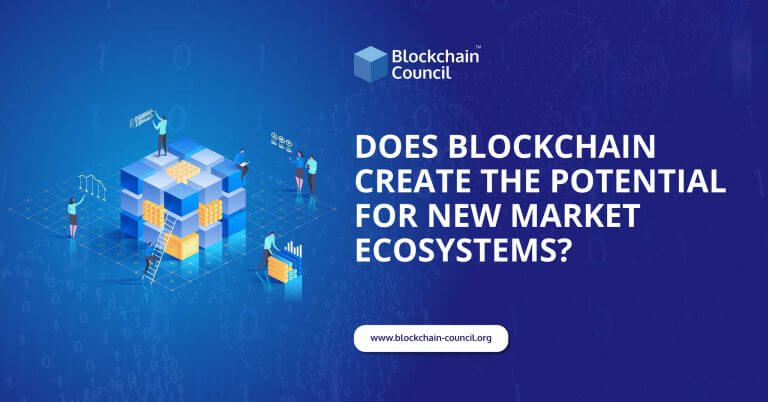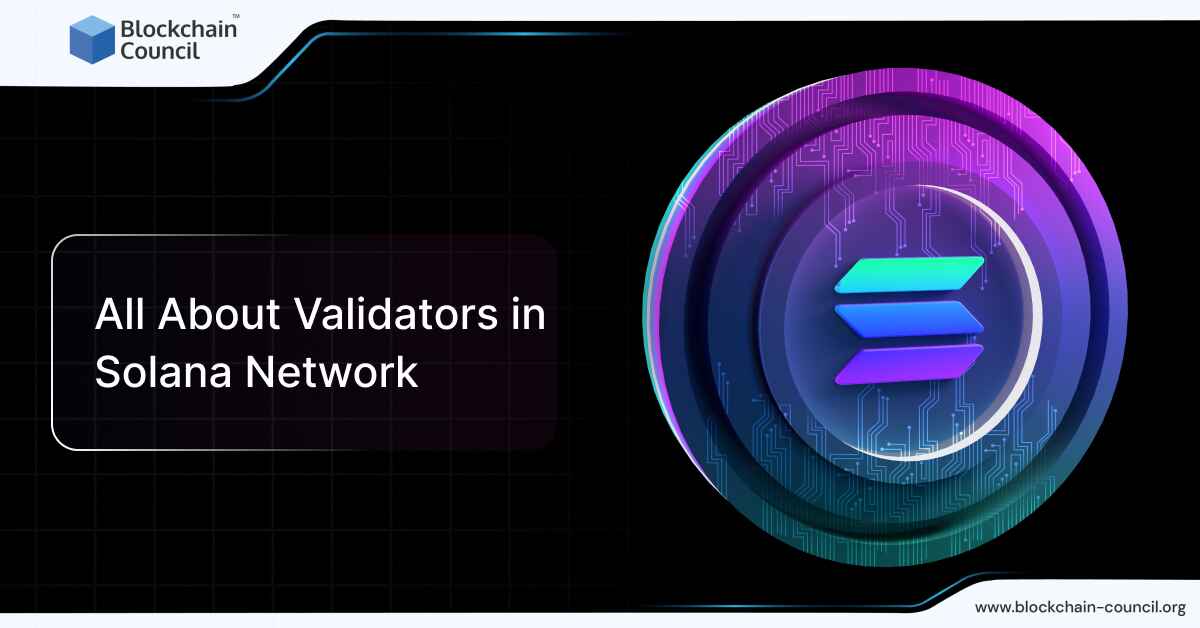
- Toshendra Kumar Sharma
- November 04, 2019
Imagine a situation where all information, property rights, monetary values, and data could be transferred in a secure and cost-effective manner in decentralized structures. This will result in the emergence of new business models and market opportunities. One of the major factors responsible for the creation of such ecosystems and structures is blockchain. With the value streams across all industries getting redefined, it is important for all businesses to take heed and change now if they wish to survive.
The answer to the question, ‘Does blockchain create the potential for new market ecosystems?’ is ‘Yes, it does, to a great extent.’ Blockchains allows for radical innovations across all industries and innovative start-ups. Nowadays, companies increasingly rely on the design/redesign of business ecosystems through a new central capability.
The Construct of Ecosystems
An ecosystem comprises entities that collaborate along a continuum of customer needs to deliver greater value and expand the addressable market. An ecosystem can be defined in a much simpler manner by drawing a circle around organizations, individuals, and things that share or complement a set of interests. This circle will be defined by the mindsets of the stakeholders and whether they would want to create efficiencies, curate new markets, and improve collaboration. The stakeholder interests defining an ecosystem can range from creating economically inclusive and sustainable markets aligning with emerging customer preferences and leveraging open source development for complex problems. These interests can involve interactions within and across organizations, multiple sectors of the economy, and industries.
Decentralized Ecosystems
Let us now discuss how digital business ecosystems work.
Here, there is no central customer-supplier network that serves a linear customer experience chain. There is no central point in a digital business ecosystem. There are many partners who act equally in the network. Companies that have already designed business ecosystems will strongly focus on the customer/user. Such a system operates on the main goal of creating value for the business ecosystem partners through a coordinated value system. Together, they must be able to define cross-industry offers. The user/customer is given utmost importance here, and they benefit greatly from the positive experience and simplicity of the coordinated range of services. Some of the popular digital ecosystem designs from the last decade are from companies such as Amazon, Apple, and WeChat. Finally, the ecosystem must be one that provides the maximum benefit for all partners, especially those supported by new and disruptive technologies such as blockchain.
Black Ocean Strategy
The main goal of a black ocean strategy is to make market entry impossible for competitors. In a black ocean strategy, new framework conditions are created, existing rules are changed, and an unfair advantage that is built up and used accordingly. Projects that use blockchain as an enabler technology is a haven for business ecosystem design. It is a survival strategy that is used by an organization to foresee organizational problems and solve them to successfully continue functioning in the business market.
Designing a Business Ecosystem
The design of the business ecosystem follows the mindset from design thinking that has experienced a revival in the design of digital transformation. Design thinking refers to the strategic, practical, and cognitive processes by which concepts such as proposals for a new building, product, or machine are developed by design teams or designers. Many companies have even aligned their principles with the mindset of design thinking. This depends solely on an iterative approach, strong customer/user focus, and co-creation for testing the prototypes with potential customers and to resourcefully build the first minimum viable products.
The central starting point of any business ecosystem design is the defined problem statement and the needs of the customer/user. For this, well-known design thinking tools such as customer profiles and personas and customer experience chains. The design of the ecosystem takes place on two levels: business and customers/users. It includes associated technologies and platforms.
Let us now understand the stages involved in a business ecosystem model that businesses can use even while implementing blockchain technology.
- Determining the core value proposition.
- Finalizing and describing the partners in the business ecosystem.
- Placing the partners in different areas of the ecosystem map.
- Defining the value streams and connecting the partners with the same.
- List down the advantages and disadvantages of each partner.
- Designing/redesigning the business ecosystem.
- Getting a multidimensional view of the business models of the partners in the target business ecosystem.
- Decide on the potential decision-makers and team members for the business ecosystem.
- Forming a motivated team for designing a new blockchain business ecosystem.
- Building the core blockchain business ecosystem.
Characteristics of a Mature Digital Ecosystem
Here are some of the pointers of how an ideal digital ecosystem must be designed.
- Must Focus on the user.
- Must be loosely coupled and designed for co-creation.
- Must provide cross-industry offers.
- It must contain decentralized and networked system elements.
- It must be designed for the maximum benefit of all the participants.
One must always bear in mind that all these effective business ecosystems must be designed such that the partners benefit from value streams.
Conclusion
To stay in tune with the fast pace of innovation, it is important for organizations to ride multiple curves to experiment along the spectrum of models to create value. Moving to blockchain-based horizontal ecosystems that will help enterprises capitalize the breaking down of value chains into their component parts. Blockchains helps businesses develop applications that are dynamic, lightweight, easily scalable, and robust so that they can be plugged into the ecosystem and withdrawn whenever required. In the long term, Blockchains, no doubt, brings potential rewards that are well worth as it helps business ecosystems overcome challenges and ensure the smooth sailing of businesses.
To know more about blockchain certifications, check out Blockchain Council.





































































 Guides
Guides News
News Blockchain
Blockchain Cryptocurrency
& Digital Assets
Cryptocurrency
& Digital Assets Web3
Web3 Metaverse & NFTs
Metaverse & NFTs
